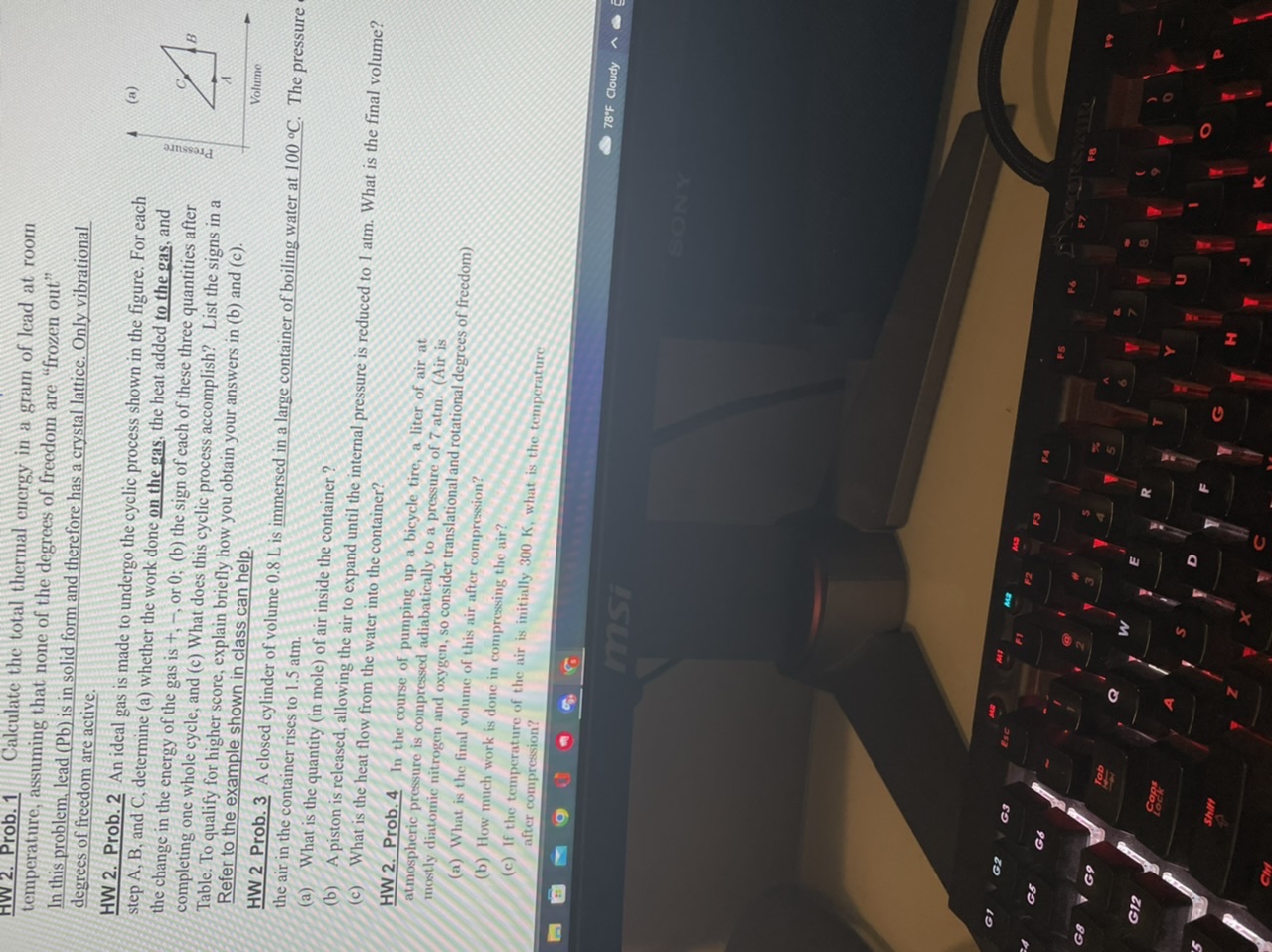Answered step by step
Verified Expert Solution
Question
1 Approved Answer
I'm only stuck on question 2. How do I know which way the signs for the work done on the gas? I often get confused
I'm only stuck on question 2. How do I know which way the signs for the work done on the gas? I often get confused by the convention of work done on the gas to work done to the gas. Also what do they mean when they say what does this cyclic process accomplish?

Step by Step Solution
There are 3 Steps involved in it
Step: 1

Get Instant Access to Expert-Tailored Solutions
See step-by-step solutions with expert insights and AI powered tools for academic success
Step: 2

Step: 3

Ace Your Homework with AI
Get the answers you need in no time with our AI-driven, step-by-step assistance
Get Started


